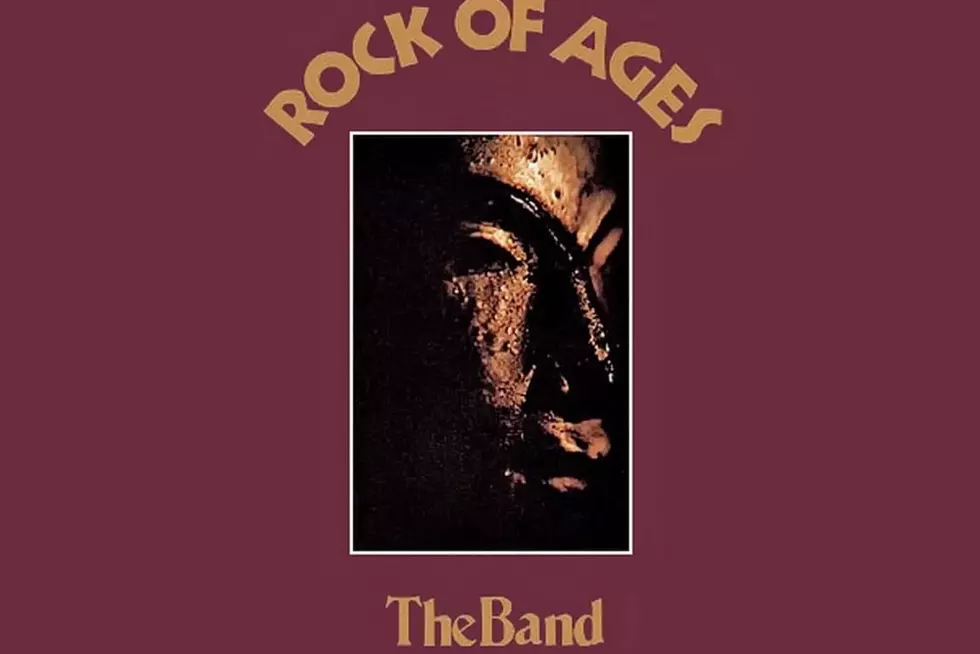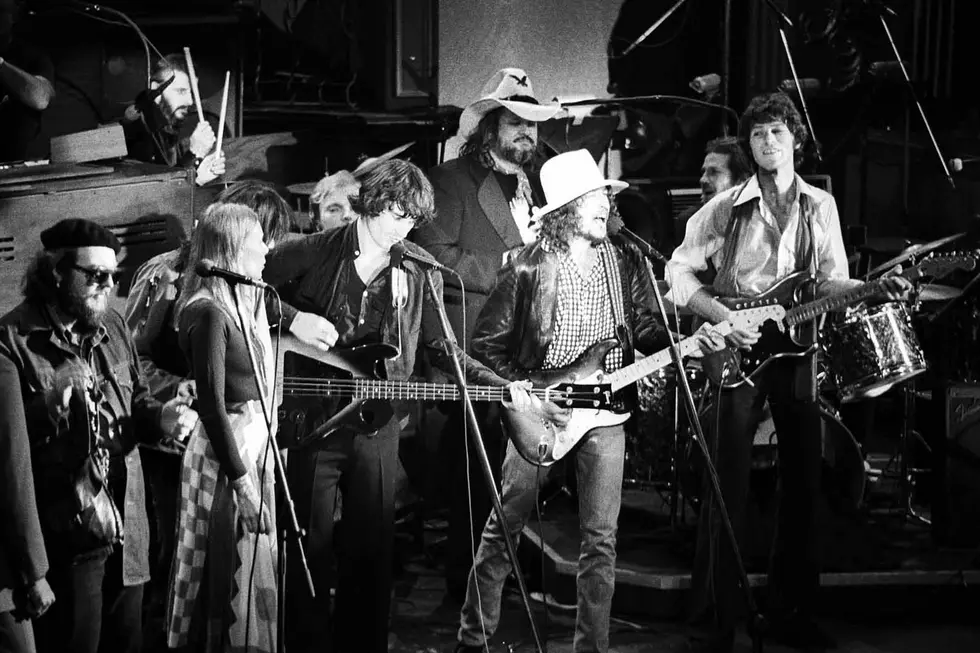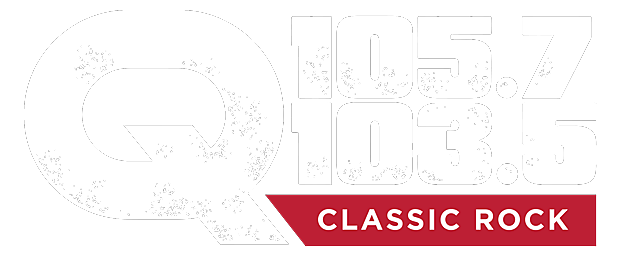
50 Years Ago: The Band Boldly Reshapes With ‘Rock of Ages’
The Band's initial live release was an offhanded overhaul, rather than an attempt to simply replicate their catalog. Issued on Aug. 15, 1972, the brass-laced Rock of Ages would become a showcase for a group pushing itself musically and creatively.
Credit New Orleans soul Svengali Allen Toussaint, who wrote arrangements that celebrated rugged individualism and fun improvisation – just like the Band.
"It was great," principal songwriter Robbie Robertson said in the liner notes to The Band: A Musical History, "because the horns didn't all play together. Other people would write horns, and everybody would come in and everybody would go out in unison. They would all start and stop at the same time."
The idea for reworking these songs with horns traced back to an earlier Band collaboration with Toussaint on "Life Is a Carnival" from 1971's Cahoots.
"He thought that I would be the one to do a horn arrangement that would be fitting. He got in touch with me in New Orleans, and I met him in New York – at the Gramercy Park Hotel, in fact," Toussaint said in 2012. "I did the arrangement on that song, and that was the first time.
"Much later, when the Rock of Ages concert came along, again he tried to get in touch with me but he had lost contact – so he called the sheriff's department here in New Orleans and he had them find me!" Toussaint added with a chuckle. "I thought, 'Well, this was quite an interesting moment.' He sat me down with the songs, and I gladly accepted right away – and you know all the rest."
Listen to 'The Night They Drove Old Dixie Down' From 'Rock of Ages'
His charts would recast a multi-night stand between Dec. 28-31, 1971, at the Academy of Music in New York City, forming the basis for a celebrated Top 10 double album.
Rock of Ages was initially promoted as a scrapbook from the Dec. 31 performances, but the original LP included tracks from throughout the four-night run — and was, as a subsequently expanded reissue illustrated, actually sequenced in a different order. The song lineup remained largely unchanged over each successive night, save for a few minor switch-ups – and a completely improvised New Year's Eve encore with Bob Dylan.
In either format, the results were a revelation. Songs like "W.S. Walcott Medicine Show," which became a Dixieland delight, are so profoundly altered by Toussaint's contributions that they stand apart completely from the studio versions. But none was untouched. "Caldonia Mission" builds into a rambling force to be reckoned with, while "The Night They Drove Old Dixie Down" somehow became more lonesome still. The Band's voices intertwine together, only to be joined by similarly intertwining horns.
Still, Robertson doesn't think they superseded the Band's studio creations. "It's very difficult to go up against the originals," he later told UCR. "I find it's like that, in most things. It's hard to beat the originals, but you could say this is a different experience."
Leave it to Levon Helm to briefly divert attention away from those bright blasts of brass during a gritty reworking of Marvin Gaye's "Baby Don't Do It." Helm's teeth-clinched vocal works in thrilling contrast to the distinctive half-time feel of his drums. (When he squeezes out "pleeeeeease," Helm somehow turns a single word into this eruption of heartbreak.) Released as the first single from Rock of Ages, "Don't Do It" became the second and final song the Band took into the Billboard Top 40, after 1969's "Up on Cripple Creek."
Listen to the Band Perform 'Don't Do It' in Concert
They'd been performing this song for some time, recalling anew how early R&B music worked as an often-unacknowledged undercurrent in the Band's rootsy amalgam of sounds. Helm later said one Bay Area DJ chose to play a bootlegged version of "Don't Do It" during the earlier Stage Fright era rather than the Band's new single at the time, "Time to Kill."
"I know Stage Fright disappointed some, who felt it lacked that one killer song to tie it all together," Helm wrote in his autobiography This Wheel's on Fire. "In San Francisco, someone wrote that 'Don't Do It' was that missing link."
If it all sounded a little nervy and off the cuff, that's because it was. The group began their Academy of Music run without a confirmed set list. Toussaint also had his entire satchel of arrangements stolen before he could meet up with the Band again in New York City. Couple that with a nasty head cold, and Toussaint barely had time to reassemble new charts for a crack group of backing musicians from the Miles Davis, Charles Mingus and Count Basie groups.
Nothing could stop the Band, who bulled right through it all by sheer force of musical will. The horns may play with a ragged emotion at times, and the raucous closing moments with their old pal Dylan might threaten to skid off the rails — but there remained these little moments of impromptu genius. Among them is Garth Hudson's canny aside during the introductory segment on "Chest Fever," when he spontaneously slipped in a reference to "Auld Lang Syne" on Dec. 31.
Unfortunately, Robertson never liked the original mix, and that led to a complete overhaul of Rock of Ages for the reissue package, which was renamed Live at the Academy of Music 1971. In the meantime, however, a key critical nod kept him from raising any objections.
"I got myself into a predicament, and I had to just ride it out," Robertson told UCR. "See, when the record came out, the reaction to it was wonderful" – most notably "that great review that Ralph Gleason did" for Rolling Stone in October 1972. "He was one of the best; he was so knowledgeable in music. It was always such a pleasure to read his stuff or to talk to him about music. So, I couldn't complain about it then!" Robertson added with a hearty laugh.
Top 10 Concert Films
See Levon Helm in 25 Interesting Rock Movie Facts
More From Q 105.7










